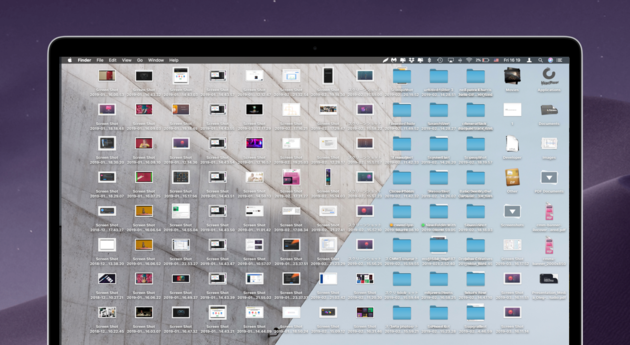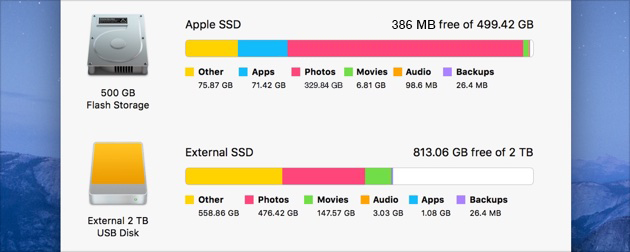Find the best Apple Computer Repair near you on Yelp - see all Apple Computer Repair open now. Explore other popular Local Services near you from over 7 million businesses with over 142 million reviews and opinions from Yelpers.
- Apple Computer Clean Up Tool
- Apple Computer Clean Up
- Apple Computer Disk Cleanup
- How To Clean Up My Apple Desktop
- Apple Computer Cleaning Software

Apple Computer Clean Up Tool

Over time, your Mac probably accumulates a lot of cruft. Old applications you no longer use, data you have no use for, a desktop full of icons (only four of which you actually ever use)…you know what I mean. With so many people working from home lately, the problem has only gotten worse. Icloudin mac download.
Now is as good a time as any to tidy up your Mac, freeing up storage space and probably CPU cycles and RAM in the process. Here are a few tips to make quick work of your Mac “spring cleaning.”
Optimize Storage
Reduce Clutter helps you identify large files and files you might no longer need. Click the Review Files button, then choose any of the file categories in the sidebar, such as Applications, Documents, Music Creation, or Trash. You can delete the files in some categories directly from this window. Avoid installing third party so called Mac cleaning utilities such as MacKeeper and Clean My Mac. They often do more harm than good. Not enough free space on the startup disk can slow the system down. Right or control click the MacintoshHD icon. Mac Cleaning Software Clean, protect and speed up your Mac with the new CleanMyMac X. It scans the entire macOS, removes junk and malware and brings a Mac back to its original fast performance. According to Apple, cached data on your Mac computer speeds up the downloading of Apple software and the data stored in iCloud by 'saving content that local Mac computers, iOS devices, and Apple.

Open the Storage Management app, either by using Spotlight (Command-space) or by clicking the Apple logo in the upper left of the menu bar, choosing About This Mac, clicking the Storage tab, then Manage.
In the Recommendations tab you’ll see a number of useful options, like Store in iCloud and Empty Trash Automatically. The Optimize Storage solution will get rid of things like old TV shows you’ve already watched and old email attachments when you’re low on storage space.
Take a look at your Applications and Documents

While you’re in the Storage Management app, click on the Applications tab in the left column. You can see all your installed applications here and sort them by size, easily deleting apps you haven’t used in ages.
Then, click on Documents in the left tab. There are several sections here, like Large Files and Unsupported Apps, that are worth perusing. Big library files (for apps like Lightroom or Final Cut Pro) are likely to show up here, and you might not want to mess with them. But you may have old large files and documents, or apps that no longer even work on your version of macOS, that you can safely remove.
Get your desktop under control
Apple Computer Clean Up
If your desktop is littered with icons, you should probably tidy things up a bit. Right-click (two-finger tap on a trackpad) any open space and choose Clean Up to get things arranged neatly, or Clean Up By to sort them as well. Consider the Use Stacks Mighty mike download mac. feature to automatically stack-up files of the same type into a single icon. Just click on that icon to open the stack. This can really tidy up your desktop!
Apple Computer Disk Cleanup
Try DaisyDisk
How To Clean Up My Apple Desktop
Power users that really want to clean out their Mac’s storage may want to check out a third party app like DaisyDisk ($9.99). It’s a simple and clear way to see everything on your Mac, or any other attached storage device or drive. It can do things like dig into the mysterious “Other” category and help you clear out what you don’t need.
Apple Computer Cleaning Software
It may seem unnecessary to pay money for an app that just helps you delete stuff from your Mac’s storage, but there’s a lot of value in disk analyzers like this. It can really be eye-opening to see exactly what’s filling up your Mac’s SSD.
